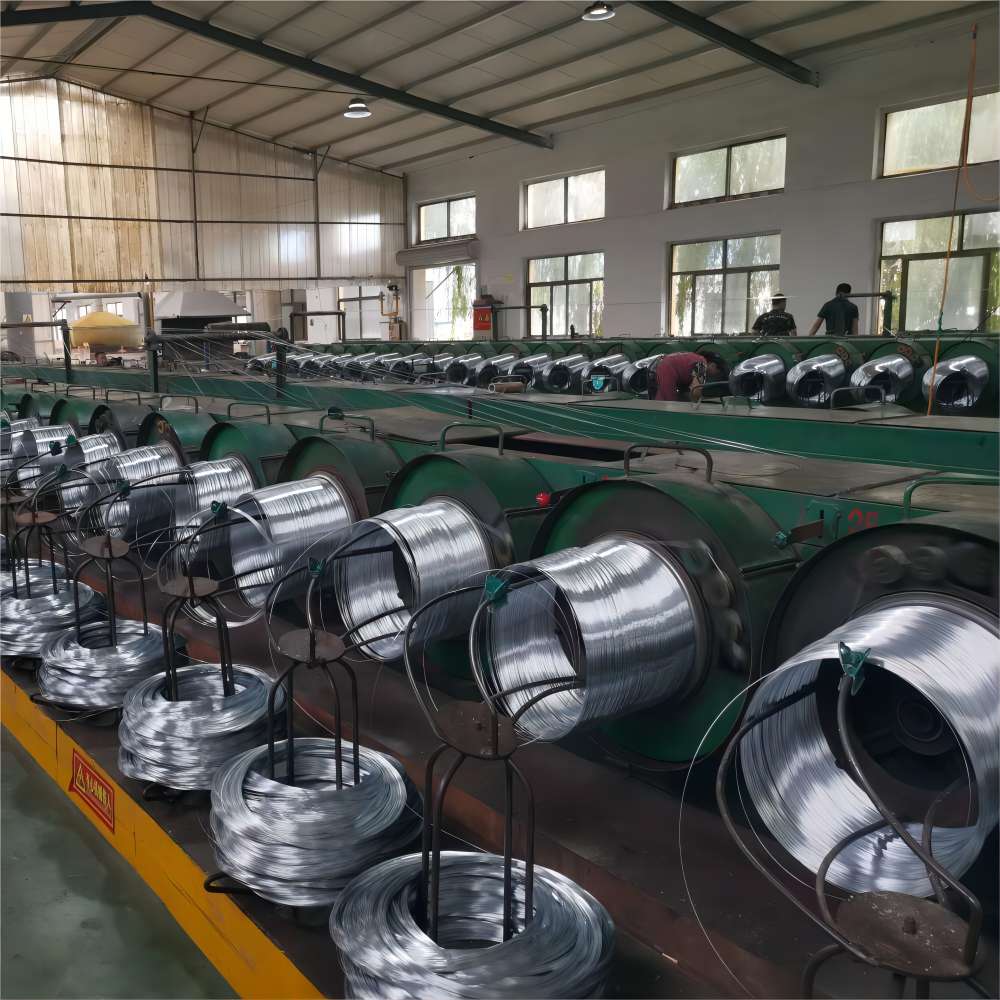Choosing the Right Nails for Pressure Treated Lumber Projects for Durability and Stability
Choosing the Right Nails for Pressure Treated Lumber
When working with pressure treated lumber, one of the most critical considerations is selecting the appropriate fasteners. Pressure treated wood is commonly used in outdoor projects such as decks, fences, and landscaping because it resists decay and insect damage. However, the chemical treatments used in this lumber can also cause issues with certain types of nails. This article explores the best types of nails to use with pressure treated lumber, ensuring durability and longevity in your projects.
Understanding Pressure Treated Lumber
Pressure treated lumber is infused with preservatives that protect against rot and pests. These preservatives often include copper compounds, which can be corrosive to metal fasteners. Therefore, traditional nails, such as standard galvanized nails, may not be suitable for use with this type of wood. Choosing the right nails is not just a matter of ensuring a strong connection; it is also about preventing premature failure of your construction.
Types of Nails Suitable for Pressure Treated Lumber
1. Stainless Steel Nails One of the best options for fastening pressure treated lumber is stainless steel nails. These nails offer superior corrosion resistance and are ideal for outdoor applications. Though they can be more expensive than other options, their longevity justifies the investment, particularly in areas with high moisture levels or salt exposure.
2. Hot-Dipped Galvanized Nails Hot-dipped galvanized nails are another excellent choice for pressure treated lumber. Unlike standard galvanized nails, which have a thin coating of zinc that can wear off, hot-dipped galvanized nails are coated in a thicker layer. This makes them more resistant to the corrosive effects of the chemicals found in pressure treated wood. When using hot-dipped galvanized nails, it is important to check the specific product to ensure it is rated for use with treated lumber.
nails to use with pressure treated lumber

3. Ring Shank Nails While the material is important, the type of nail also plays a significant role in performance. Ring shank nails provide increased holding power due to their textured design. This feature is especially beneficial for securing pressure treated lumber, which may expand and contract with changes in humidity. The additional friction provided by the ring shank helps maintain stability in outdoor constructions.
4. Specialized Treated Fasteners Some manufacturers offer nails that are specifically marketed for use with pressure treated lumber. These nails often come with advanced coatings that resist corrosion while adhering to the specific types of chemicals used in the treating process. If available, these specialized fasteners may provide the best protection against early failure.
Installation Tips
In addition to choosing the right nails, proper installation techniques are crucial. Pre-drilling holes can prevent splitting, especially in thicker boards. It's also advisable to use enough fasteners to accommodate the nature of pressure treated wood, which can shrink over time. Following the manufacturer's recommendations for fastening distances and patterns will help ensure a strong build.
Conclusion
In conclusion, when working with pressure treated lumber, the selection of nails is pivotal to the success and longevity of your project. Opt for high-quality materials such as stainless steel or hot-dipped galvanized nails, and consider using specialized fasteners designed for this purpose. By understanding the unique characteristics of pressure treated lumber and the materials best suited for it, you can create sturdy and durable constructions that stand the test of time. Through careful planning and execution, you can enjoy the beauty and functionality of your outdoor projects for many years.
-
Space-Saving Chain Fence Hacks Vertical Gardening with Cyclone MeshNewsJul.16,2025
-
Innovations in Iron Nail Wire Production for Modern ConstructionNewsJul.16,2025
-
Creative Uses of Wire Netting Fence in Modern Landscape DesignNewsJul.16,2025
-
Barbed Wire Fence Innovations in Anti-Climb TechnologyNewsJul.16,2025
-
Architectural Uses of Umbrella Nails for Aesthetic Roof DesignsNewsJul.16,2025
-
Architectural Uses of Razor Barbed Wire in Secure Urban DesignNewsJul.16,2025




